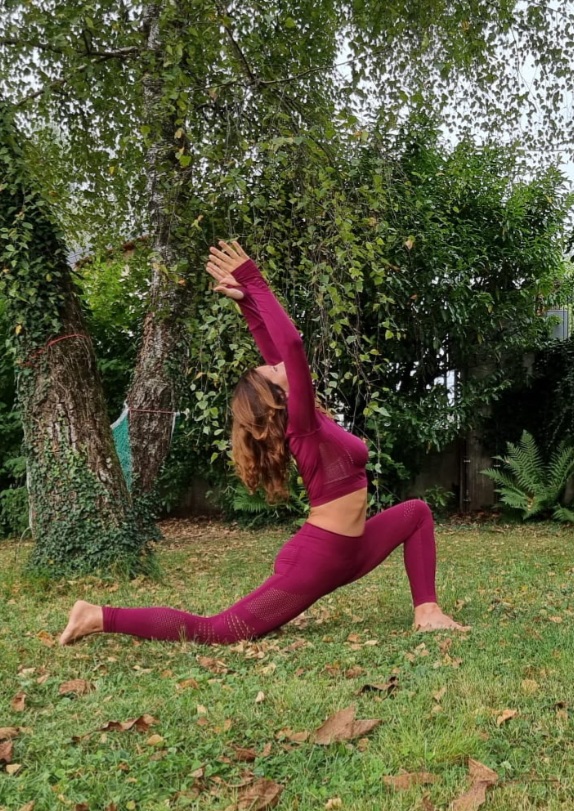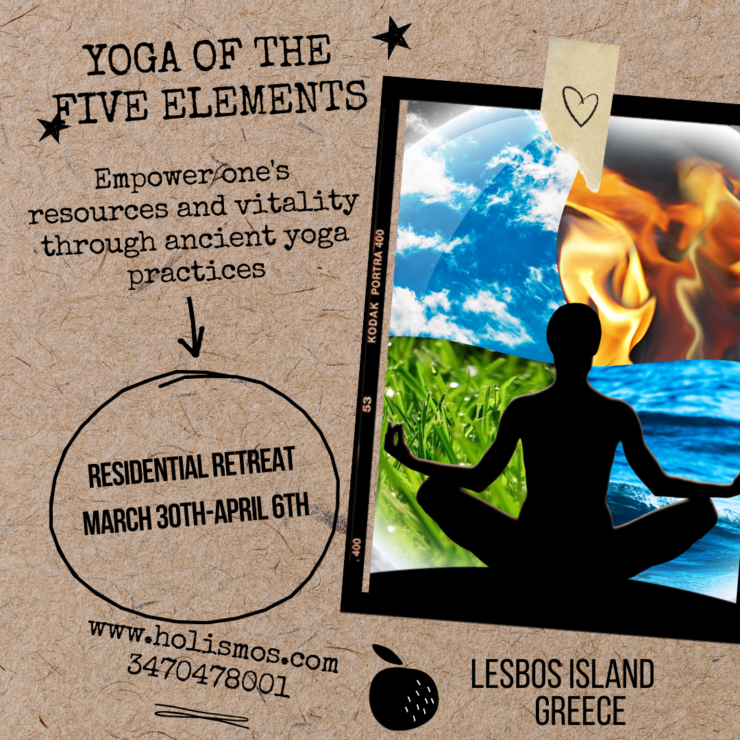30th March – 6th April 2024
Lesbos Island, Greece
www.yogaholiday.it
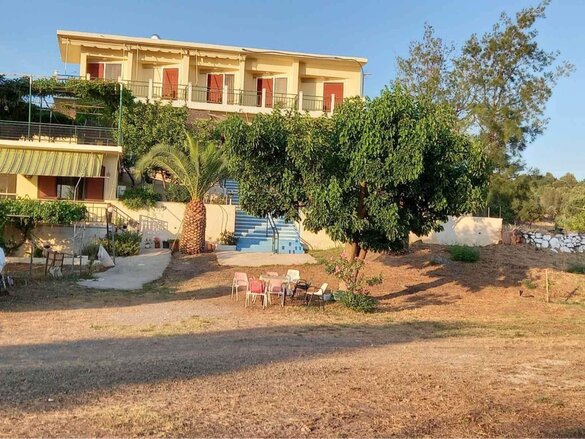
The reference to four elements (air, water, earth and fire) is common to all cosmogonies.
Both East and West conceived a close connection between the human microcosm and the natural
macrocosm. The life of the human species and the survival of the cosmos depended on the balance of
the elements: the ordered universe, which arose from chaos, was governed by deified personifications of
the four elements.
“One of the seven wise men, Thales of Miletus, pointed to water as the beginning of all things, Heraclitus
to fire, the Magi Priests to water and fire, Euripides to air and earth. Pythagoras in truth, Empedocles,
Epicarmus and other philosophers of nature maintained that the primordial elements are four: air, fire,
earth, water.”
(Vitruvius, De architectura, book VIII, preface).
While in the Hellenic tradition there are four elements: fire, earth, air and water, in the Indian tradition,
found in the main philosophical schools related to Hinduism, there are five elements: earth, water, fire, air
and ether.
The Panchamahabuta (the five elements) are an integral part of our lives, yet we seem to be unaware of
them. Panchamahabhuta is a Sanskrit word made up of three words namely Pancha, Maha and Bhuta,
Pancha-five, Maha means great or noble, Bhuta means to have one’s own existence. Bhuta in itself is
not generated by others, but causes the generation of mahabhuta.suggestionsù
During this week-long retreat we will discover how the elements, albeit unconsciously, govern our
existence, as the fundamental substances of all animate and inanimate matter in this part of the universe.
Yoga teaches us how each human being is an integral part of the universe they inhabit. Being in tune
with these essential components makes our lives richer and more harmonious, gives greater integration
between all the components of our existence, and protects and promotes our health.
Programme
Introduction, The Five Elements in Yoga.
– The philosophy of Samkya, the five elements and the importance of the quest for balance
– The various balancing practices in yoga: asanas, deep relaxation and Sankalpa, the
mantras, pranayama, mudras
– The Earth: perception of the earth element, mantras for the earth, asanas, relaxation, pranayama and
mudras for the earth element
– The Water: perception of the water element, asana sequence, water relaxation, pranayama and mudras
for the water element, mantras for the water element
– The Fire: perception of the fire element, asana sequence, relaxation of fire, pranayama and mudra for
the fire element, mantras for the fire element.
– The Air: perception of the air element, mantras for air, relaxation of air, pranayama and mudras for air
element.
– The Ether: perception of the ether element, mantras for the ether, asana sequence, relaxation of the
ether, pranayama and mudra for the ether element.
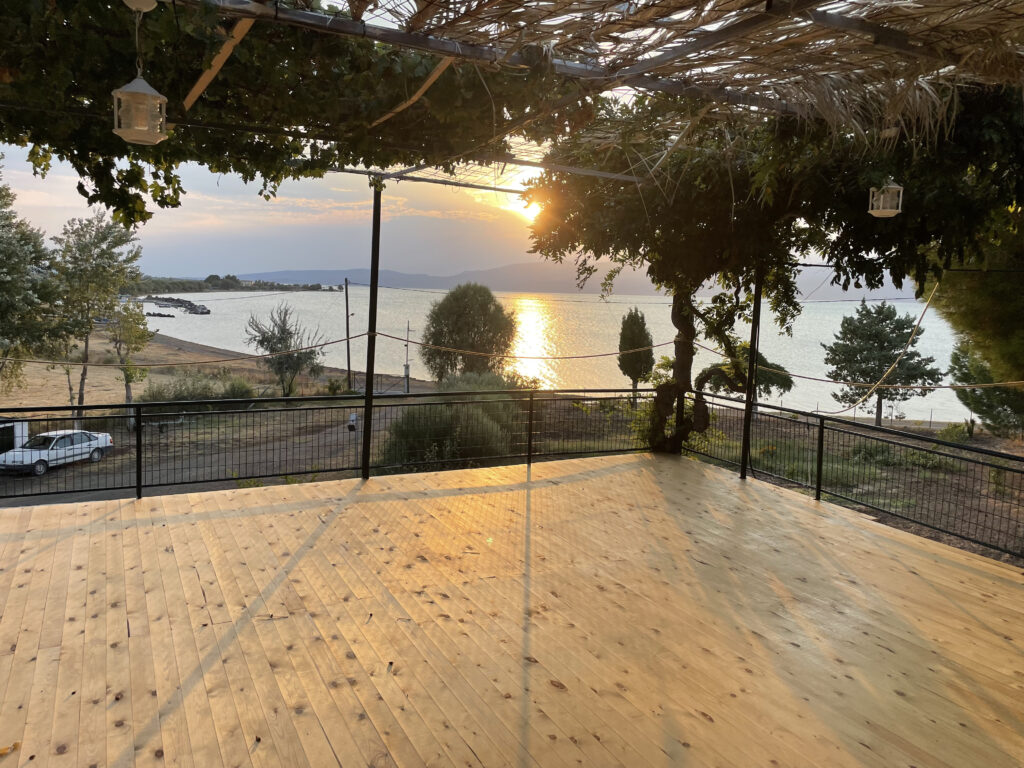
DAILY PROGRAMME
08.00 – 9.30 asana practice, pranayama for each element
9.30 – 10.30 breakfast
10.30 – 12.30 Mahabhuta theory
12.30 – 13.00 mantra, kirtan
14.30 visiting the most characteristic places on the island (fossil forest, beaches, characteristic villages,
castles, monasteries and spas)
During the week two afternoons will be dedicated to practising the elements shown and learnt during the
lessons.
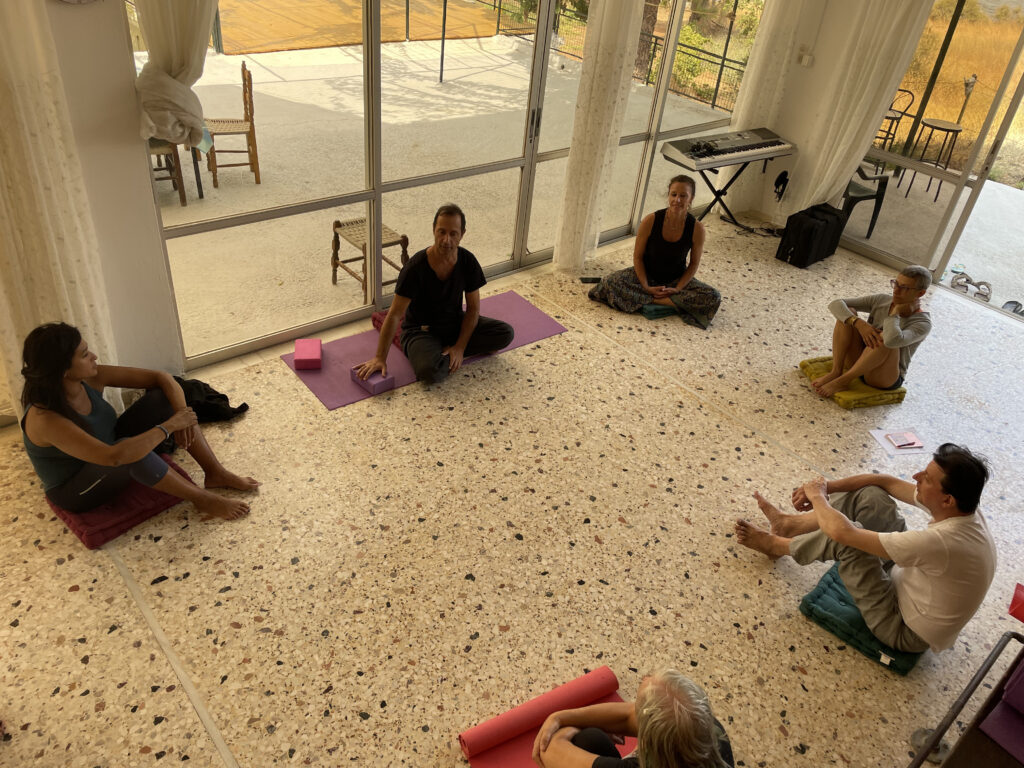
COST
The cost per person in a double room with bathroom is 550€ (the cost includes accommodation, three
meals a day, handouts, transport to and from the airport, guided tours)
ENROLLMENT: A deposit of 200€ is required to enrol (contact to receive enrolment details)
THE LOCATION “ Mediterranean Retreats Center”
Latitude: 39.145934 Longitude: 26.250718
The building, which today has been completely converted into a centre for yoga and the study of energy
and healing practices, was originally a traditional Greek tavern and small hotel. The building, which
overlooks the Gulf of Kalloni (the sea is just a few metres from the house), is completely secluded and
set in a natural environment of exceptional beauty. This area is a paradise for all birdwatchers who come
to the island, especially in the spring months, from all over the world to admire pink flamingos, black and
white storks, peregrine falcons and many other migratory birds of rare beauty. The gulf is an important
breeding area for many fish species that make this stretch of sea teeming with life. Its location, the
natural context in which it is found, the peace, the silence and the strength of the elements, make this an
ideal place to totally immerse oneself in the study and practice of the various disciplines, leaving behind
all the physical and emotional burdens that normally crowd our lives.
TYPES OF ACCOMMODATION
The centre provides five rooms with bathrooms, and another five rooms with bathrooms are available 800
metres away. We offer accommodation in double rooms with single beds and in single rooms (for an
additional charge).
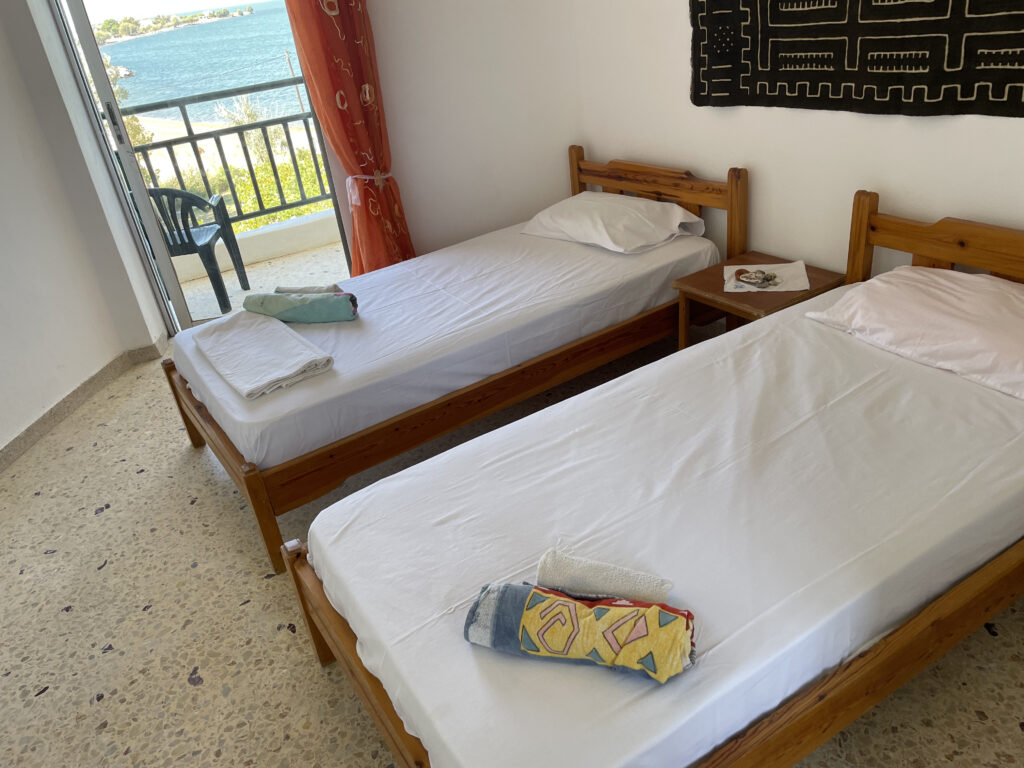
THE FOOD
All meals are carefully prepared by our staff directly in the centre’s spacious kitchen. The raw materials
and ingredients, all locally produced, are of the highest quality because they are grown in healthy,
unpolluted environment on lava soil that is rich in nutrients. Meals include breakfast, lunch and dinner.
Plenty of fruit from our garden, herbal teas, water and various drinks are available throughout the day.
Meals are vegetarian/ vegan based with a strong Greek/Middle Eastern influence.
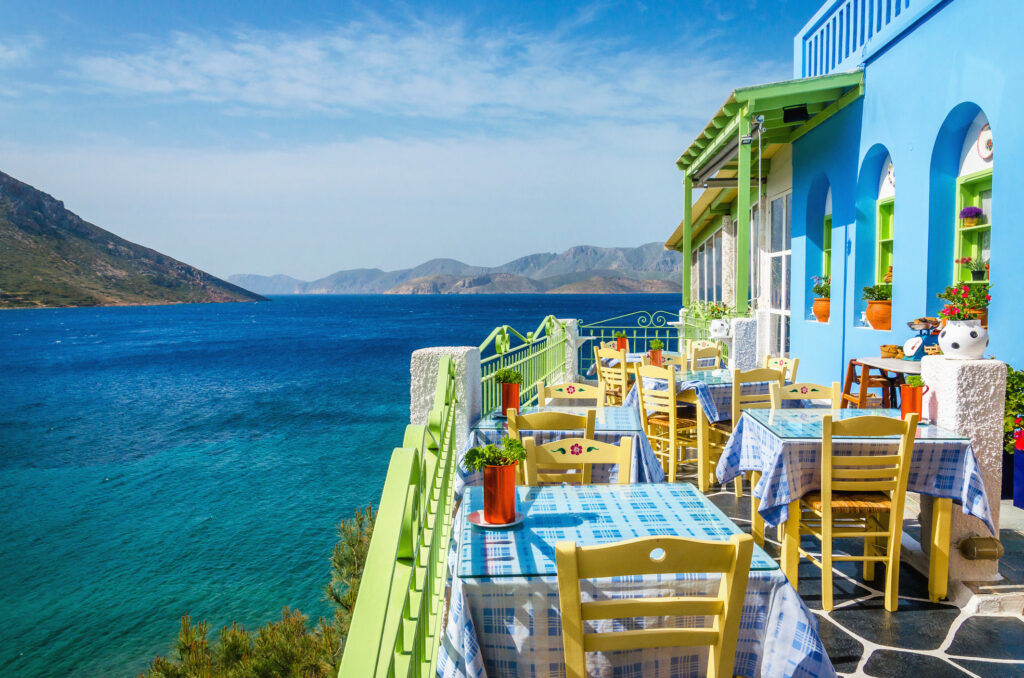
THE ISLAND
This island, despite being a UNESCO World Heritage Site, does not have a tourist presence comparable
to other Greek islands such as Santorini, Mykonos or Rhodes. Lesvos is nonetheless a generous and
independent island, with its own well-defined profile in the Greek economy and full of interesting things to
discover and, of course, to enjoy. It is the home of Sappho (a famous poetess of the Classical period),
the best Hellenic olive oil, the undisputed capital of ouzo, retsina (local aromatised wine), boasts a
curious and unique petrified forest and its capital, Mytilene, is rich in historical vestiges and has a great
student life that enlivens it even during the long winter months.
The island’s nature is lush and generous: millions of olive trees alternate with dense forests, but also
leave room for desolate valleys and barren mountains. And then there is the endless coastline, for long
stretches unknown to mass tourism, solitary but welcoming, familiar only to the almost 300 species of
migratory birds that choose to stop here every year. Lesvos is an island where Greek daily life does not
let itself be dazzled by the easy money and somewhat kitsch of boorish and naive tourism. It lives its
routine with optimism and appreciates the fact that those who come here have not chosen their
destination at random.
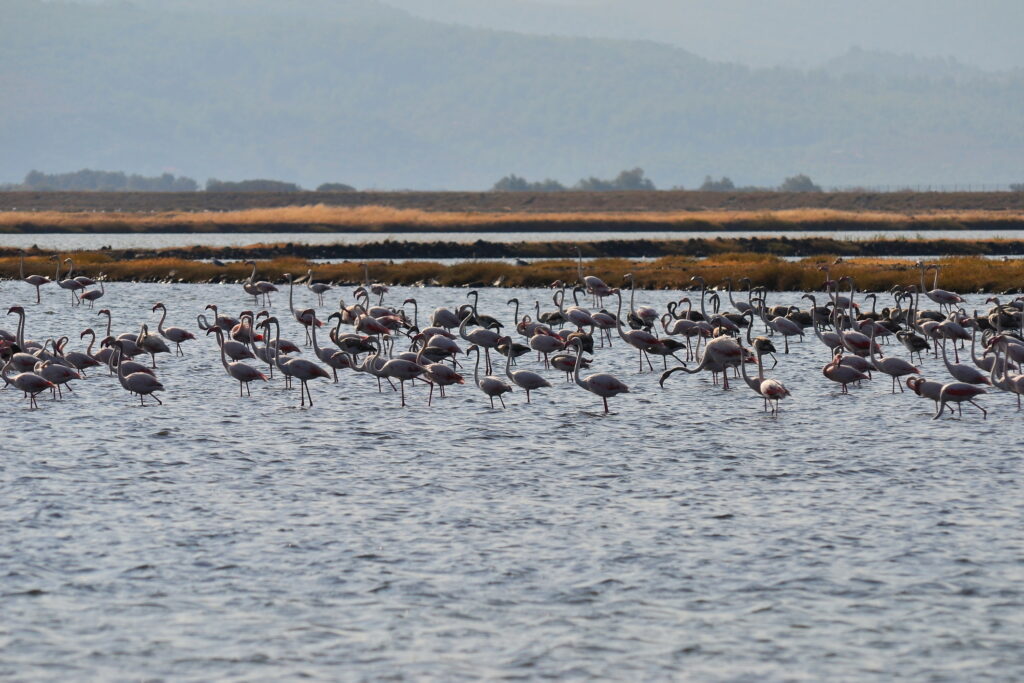
HOW TO GET THERE
Lesvos is located in the archipelago of the north-eastern Aegean islands and is the largest of the group in
size. Due to its importance, it has very easy connections with Athens, where there are several internal
flights every day throughout the year. If you want to save money, there are good connections by ship
every day of the year. Ships also stop in Chios and often go as far north as Thessaloniki.
From some European countries you can fly directly to Lesvos, which has a small but modern
international airport. If you cannot find a direct flight to Mytilene, fly to Athens and from there take another
flight to the island.
THE BEACHES
Like the traditional villages, Lesvos’ beaches are numerous, indeed, practically endless. From kilometres
of sand and pebble beaches to quiet coves, you are spoilt for choice. The most famous are basically four,
all far apart in terms of surface area. To the south, around the village of Plomari, is Agios Isidoros, to the
north, just below Molyvos, Petra. The most famous beach in the western part of Lesvos is Skala
Eressous, while along the same coast, but on the opposite side, is the beach of Vatera. All are very
extensive and all have ample space to relax without crowds even in the middle of August.
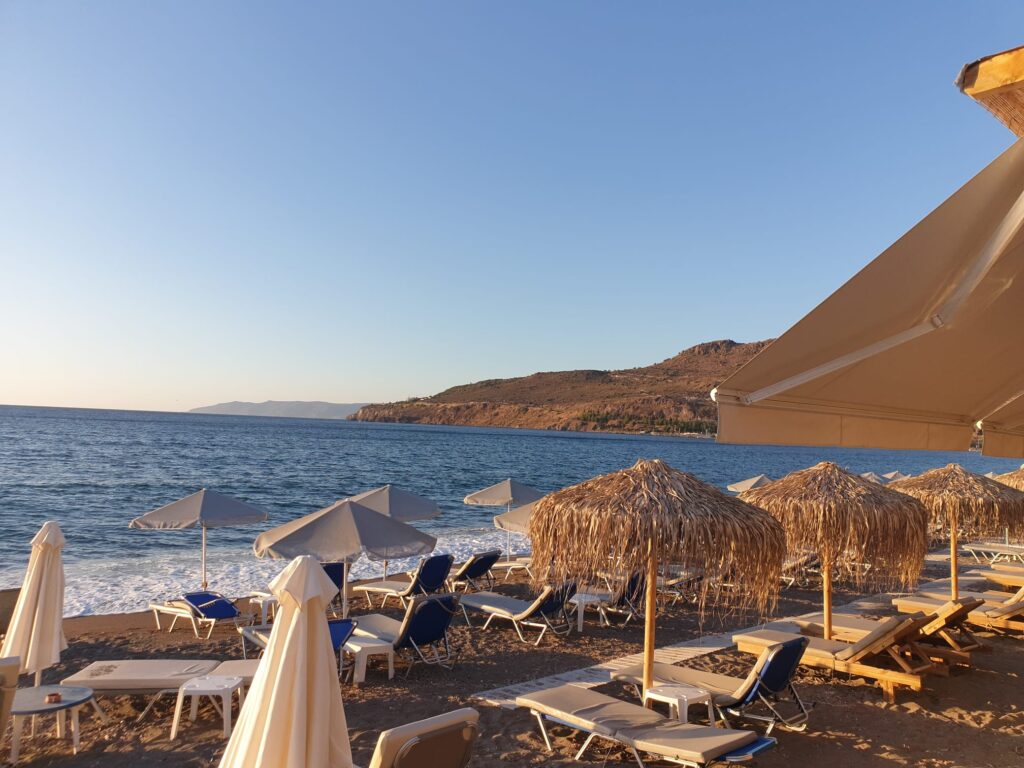
WHAT TO SEE
In Lesvos, needless to say, there is much to see and do. To see everything, one must stay on the island
for a long time, at least ten days or return several times, and we are sure that the island will tempt
anyone with this desire. Some of the best attractions are the hot spring of Polichnitos, the petrified forest.
Other things to see on Lesvos are the monasteries of Limonos and Taxiarchis, the Roman aqueduct and
the castle of Mytilini.
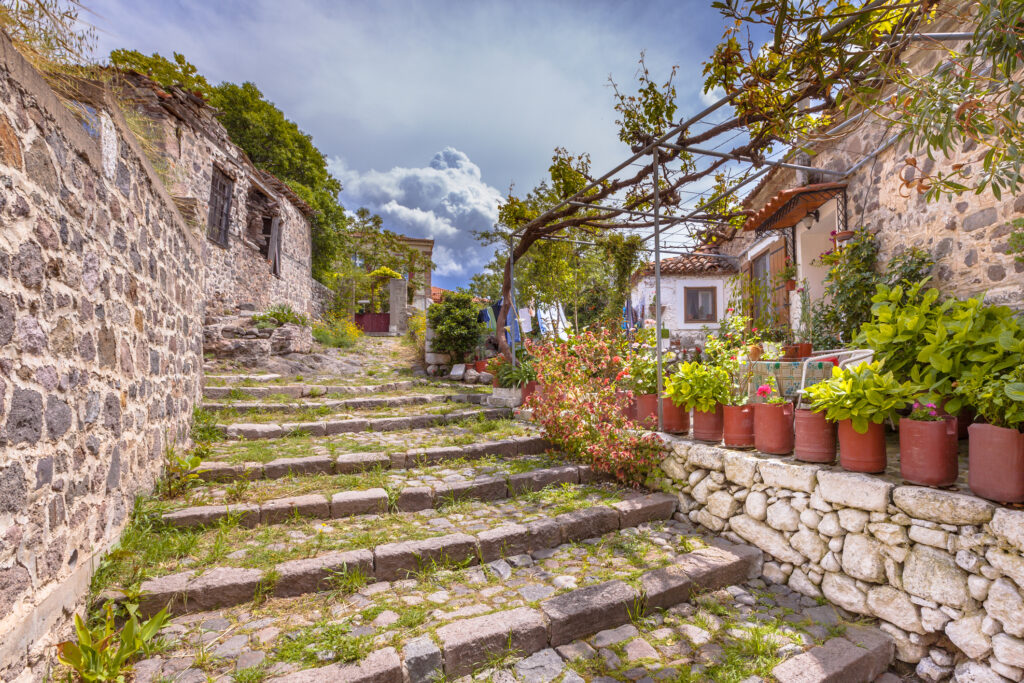
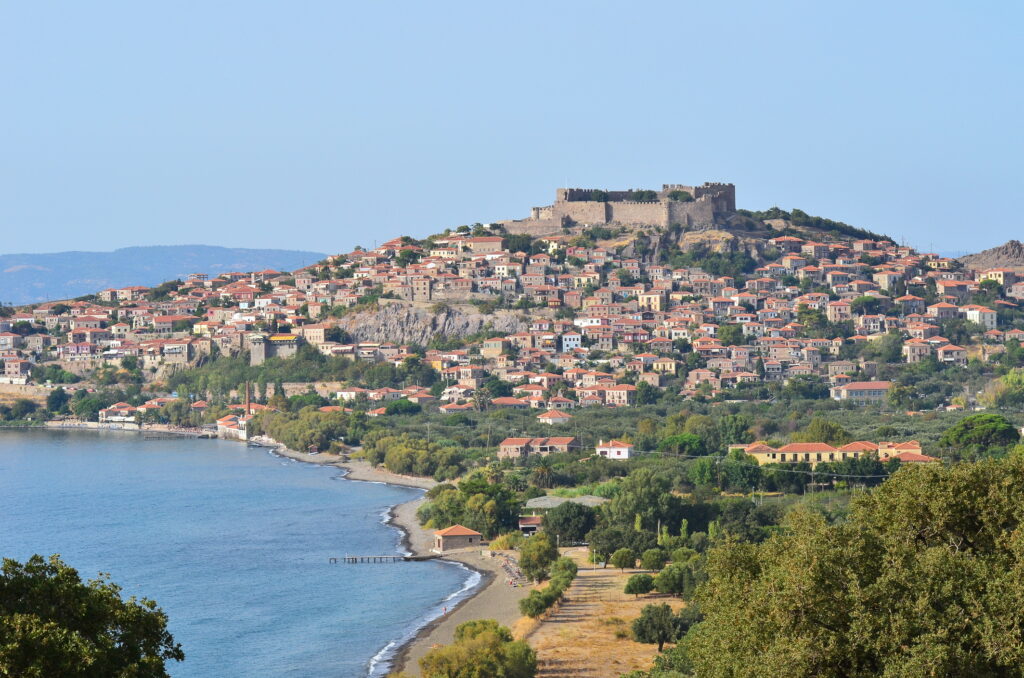
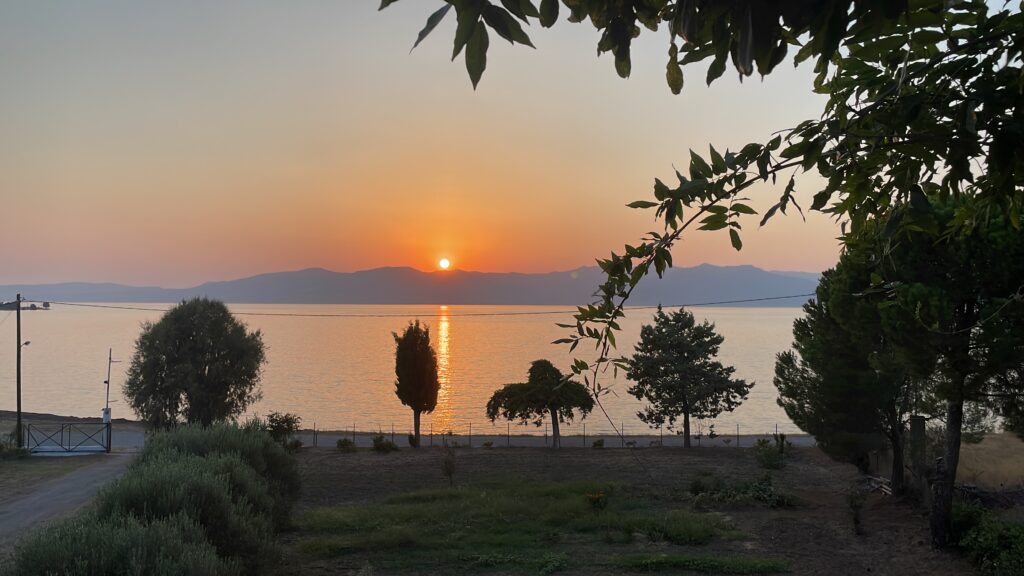
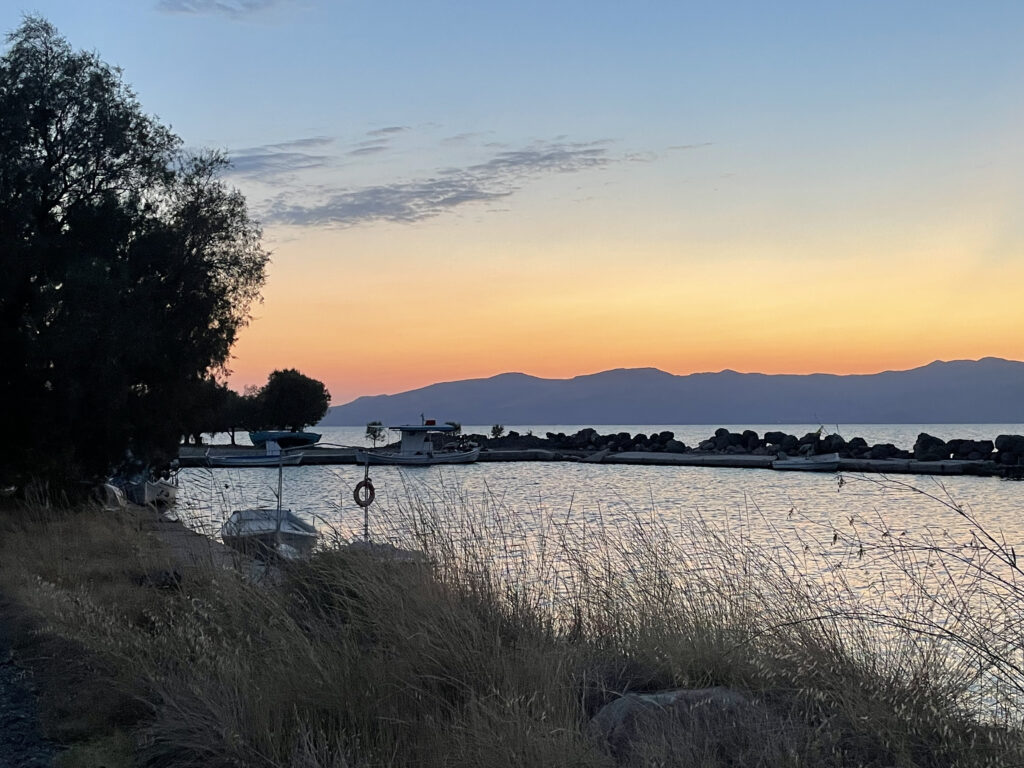
TEACHERS
Massimo Cantara: He graduated as a Yoga teacher (500h) with the international school SYM, where he
was also a teacher, and also holds a diploma in Yoga Therapy (300h) with Vasistha Yoga Fundation in
Kerala, India. Since 2010 he has been teaching at his own centre in Italy and is a founding member of
“Three Treasures Yoga”, an international teacher training school. In addition to his professional activities
as a Bio-Natural Disciplines practitioner and Shiatsu teacher, in 1999 he founded the Holismos Arts for
Health Centre, a centre for the dissemination and practice of Bio-Natural disciplines, including Yoga, of
which he is the director. In 2016, together with Sara Della Torre, he founded the Holismos Yoga and
Wellness Centre in Varese. Diploma in Cranio Sacral Balance, Kinesiologist, Shiatsu Operator, Yoga
Teacher. In 2020 he debuts with his music CD “Elemental World”, a sound journey through the 5
elements. In 2021 he published his book “Hospital without pain” Le discipline Bio-naturali nel contesto
ospedaliero Ed. Epigraphia, Salus series.
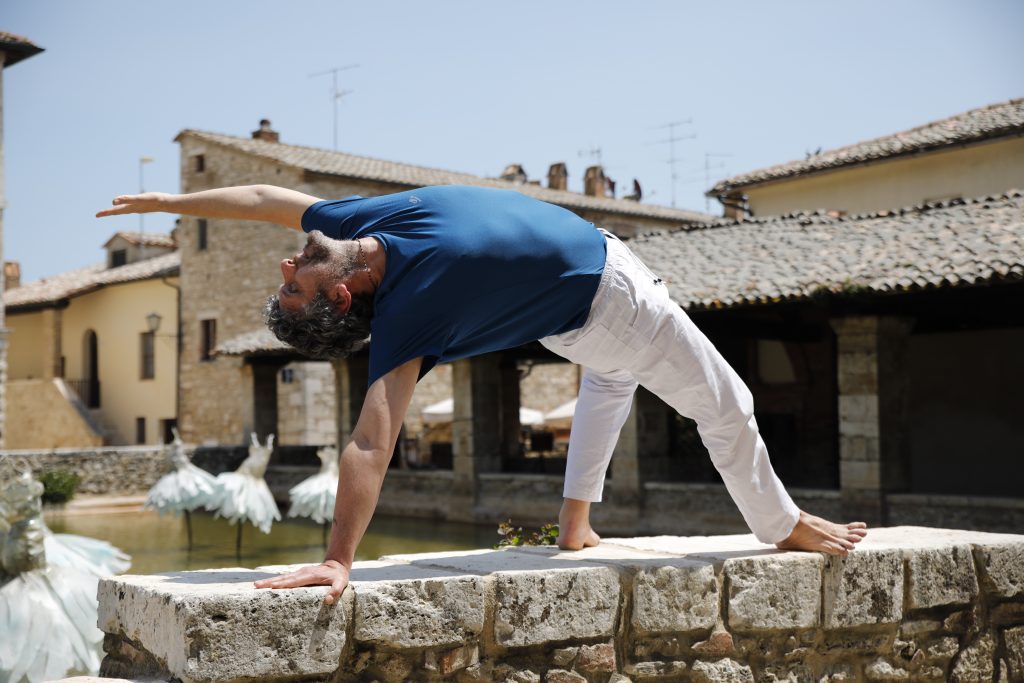
SARA DELLA TORRE: Yoga teacher (200hYAI), Shiatsu operator, co-director of the Holismos yoga &
wellness centre. She studied yoga in Italy and India with several international teachers, diploma as
Mindfulness facilitator. Sara holds a Master’s degree in Yoga Educational for teaching yoga in schools, a
